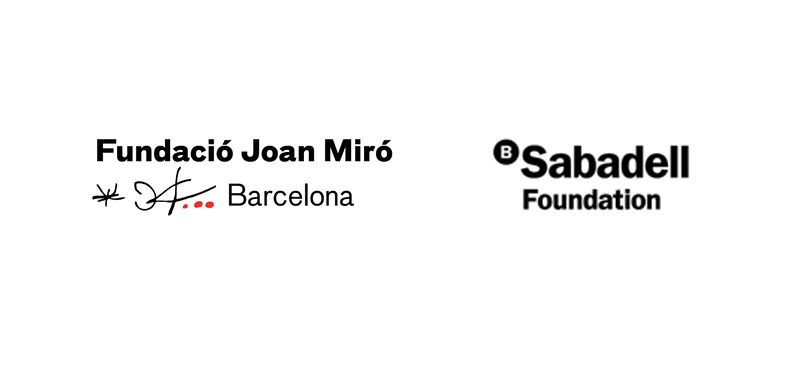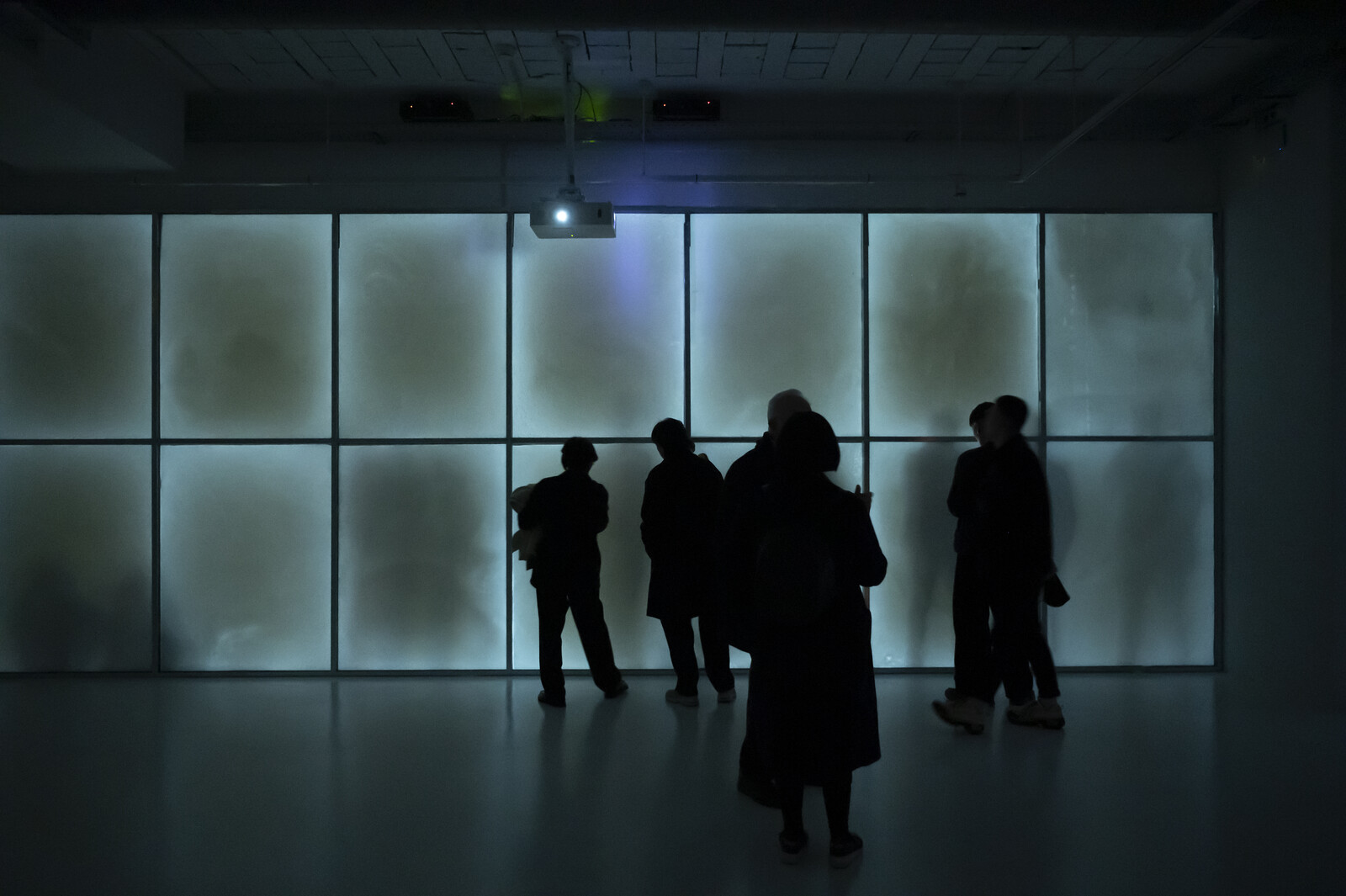Exhibition series in Espai 13
February 10, 2023–January 21, 2024
Parc de Montjuic, s/n
08038 Barcelona
Spain
Hours: Tuesday–Sunday 10am–8pm
T +34 934 43 94 70
info@fmirobcn.org
Fixations per Minute is the new exhibition series at Espai 13, presented by Fundació Joan Miró for 2023 in collaboration with Banco Sabadell Foundation. Curated by Yaby (Beatriz Ortega Botas and Alberto Vallejo), the project examines the concept of reading and its relation to current artistic practices through the work of a selection of artists from the local and international scene. The exhibitions by Claudia Pagès, P. Staff, Jota Mombaça and Iki Yos Piña Narváez Funes, and Kandis Williams use diverse visual media to complicate some of the technical and rhetorical mechanisms of reading by exposing their political consequences.
Reading has a longstanding relationship with contemporary art, for which it is a constant wellspring of both poetic and discourse-based inspiration. Recent art employs various visual strategies to address reading from a more critical perspective, suspecting the book as a mere source of pleasure and knowledge, singling it out as a complex device of subjectivisation that commits violence that is not always evident. In this thought context, reading is revealed to be a process endowed with power, a process that includes the construction of the narratives, hierarchies and exclusions that exceed the text, determining the existence of certain bodies and the way they are read. The title of the project is a reference to the formula used to calculate reading speed. Each fixation is the moment the eyes fixate on a word: the lower the number of fixations per minute, the higher the speed at which you process text. These fixations are the points of contact through which a text enters the body. The term also points to other characteristics of language that are relevant in this series, such as its ability to fix meanings and impose itself, as an obsession does.
The first exhibition in the programme is by Claudia Pagès (Barcelona, Spain, 1990), who uses video installation to investigate the relationships that exist between power, the construction of history and certain material substrates of reading such as stamped paper. In April, the series continues with the exhibition by P. Staff (Bognor Regis, United Kingdom, 1987). Poetry and the experience of its reading are central to Staff’s work, which proposes a reflection from a queer and trans perspective on the volatile exchanges that take place between bodies, ecosystems and institutions. In July, Jota Mombaça (Natal, Brazil, 1991) and Iki Yos Piña Narváez Funes (Caracas, Venezuela, 1984) present a joint project based on ancestral techniques linked to specific territories that examines certain non-alphabetic processes of signification that displace the modern concept of a book. Finally, Kandis Williams (Baltimore, United States, 1985) closes the programme with a video project that revisits the theatrical text Death of a Salesman in order to reflect on the Black body as a focus of experience and, at the same time, as a political symbol. An accompanying publication will contain texts and images of the artworks created for the exhibition projects, and will elaborate on the main themes explored in Fixations per Minute.
Espai 13 is a space devoted to emerging artistic and curatorial endeavours. It was created in 1978 in Espai 10, a room off the lobby at the Fundació Joan Miró, for young artists based in Barcelona. It moved to its present location following the late-1980s extension to Josep Lluís Sert’s original building. Over the past forty years, this pioneering space has held exhibitions showcasing the work of over 500 artists and offered young professionals a unique opportunity to hone their newly acquired curatorial skills. Espai 13 has played a key role in supporting the careers of many succesful artists, curators and cultural managers. Its continuous programming over the course of more than four decades has made Espai 13 an unparalleled platform within the museum world. Its own history mirrors the evolution of emerging artistic and curatorial practices from the last quarter of the twentieth century until the present day.


